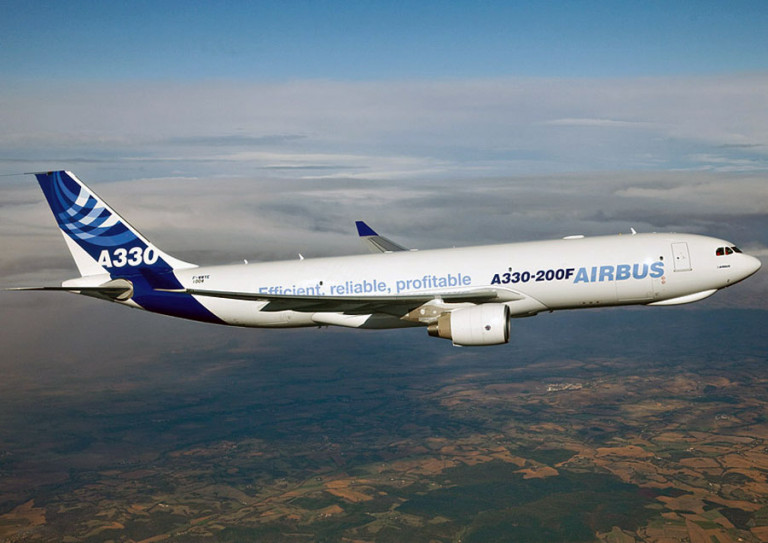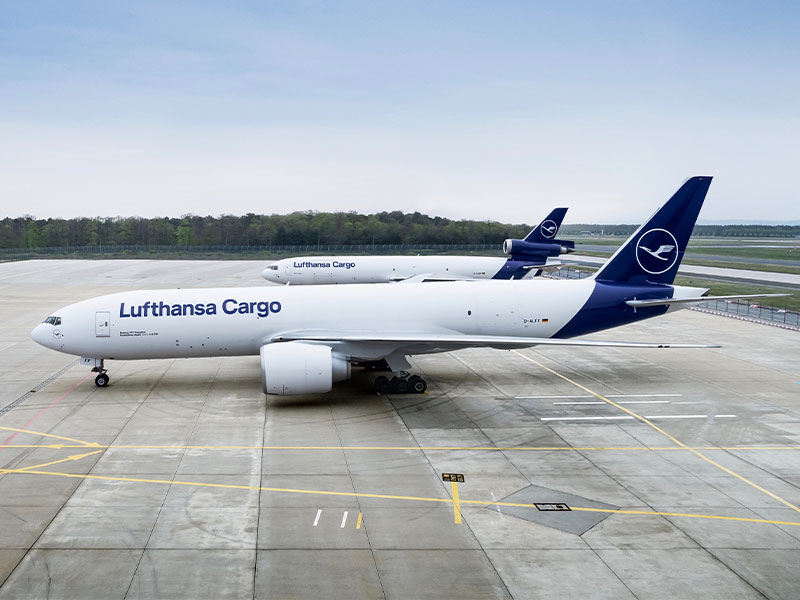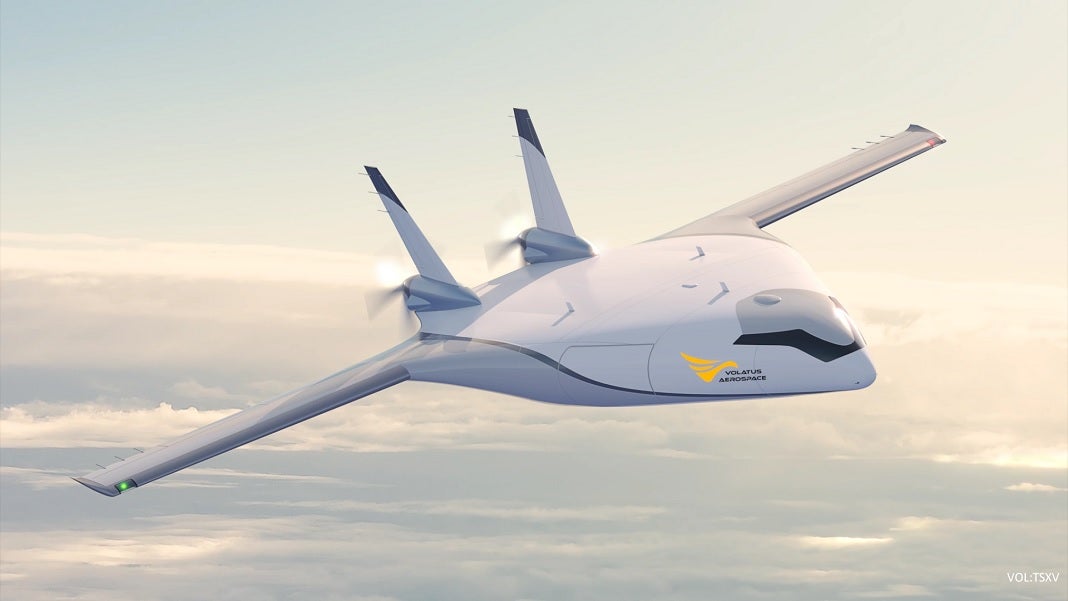
As globalization continues to drive international trade, the demand for cargo planes is at an all-time high. These planes play a critical role in transporting goods around the world, enabling everything from e-commerce to emergency relief efforts. And when it comes to cargo planes, size matters. Larger planes can carry more goods at once, reducing the need for multiple trips and increasing efficiency. In this article, we’ll explore the top 5 biggest cargo planes in the world, their features and capabilities, and their applications in various industries.
The Antonov An-225 Mriya is the largest cargo plane in the world, with a maximum takeoff weight of 640 metric tons. It was originally designed to carry the Soviet Union’s Buran space shuttle, and is currently used for transporting oversized cargo such as machinery and vehicles. The An-225 has a wingspan of 88.4 meters and a length of 84 meters, and can carry up to 250,000 kilograms of cargo. Its six engines provide a range of up to 4,000 kilometers.
 ### Boeing 747-8F
### Boeing 747-8F
The Boeing 747-8F is the largest commercial cargo plane in the world, with a maximum takeoff weight of 448 metric tons. It is a modified version of the passenger plane Boeing 747-8, and is used primarily for carrying cargo. The 747-8F has a wingspan of 68.5 meters and a length of 76.3 meters, and can carry up to 140 metric tons of cargo. Its four engines provide a range of up to 8,130 kilometers.

The Antonov An-124 Ruslan is the third largest cargo plane in the world, with a maximum takeoff weight of 402 metric tons. It was designed for transporting heavy and oversized cargo, and is commonly used for military and humanitarian missions. The An-124 has a wingspan of 73.3 meters and a length of 69.1 meters, and can carry up to 150 metric tons of cargo. Its four engines provide a range of up to 5,400 kilometers.

The Airbus A330-200F is a popular cargo plane used by major companies such as DHL and FedEx. It has a maximum takeoff weight of 242 metric tons and can carry up to 70 metric tons of cargo. The A330-200F has a wingspan of 60.3 meters and a length of 59.0 meters, and can fly up to 7,400 kilometers. It is equipped with two engines and features advanced technology for efficient and safe cargo transport.

The Boeing 777F is another popular cargo plane used by major airlines such as Emirates SkyCargo and Korean Air Cargo. It has a maximum takeoff weight of 347 metric tons and can carry up to 102 metric tons of cargo. The 777F has a wingspan of 64.8 meters and a length of 63.7 meters, and can fly up to 9,065 kilometers. It is equipped with two engines and features advanced technology for efficient and safe cargo transport.

Cargo planes play a critical role in various industries, including shipping, military, and humanitarian aid. In the shipping industry, cargo planes are used to transport goods quickly and efficiently, reducing the time and cost of transport. In the military, cargo planes are used for troop transport, equipment delivery, and medical evacuation. In humanitarian aid, cargo planes are used to deliver emergency supplies such as food, water and medical supplies to disaster zones or remote areas. They are also used to transport heavy equipment such as generators, cranes, and vehicles to construction sites or mining operations.
One notable example of a cargo plane mission is the delivery of COVID-19 vaccines around the world. As countries race to vaccinate their populations against the pandemic, cargo planes are playing a critical role in transporting millions of doses across borders. In addition to vaccines, cargo planes are also used to transport other medical supplies such as personal protective equipment (PPE) and ventilators.
As technology continues to advance, the future of cargo planes looks promising. One area of development is the use of drones for cargo transport. While still in the experimental stage, companies like Amazon and UPS are exploring the use of drones for last-mile delivery of small packages. Another area of development is the use of hydrogen fuel cells for powering cargo planes. Compared to traditional jet fuel, hydrogen is a cleaner and more sustainable source of energy, with the potential to reduce emissions and lower costs.
